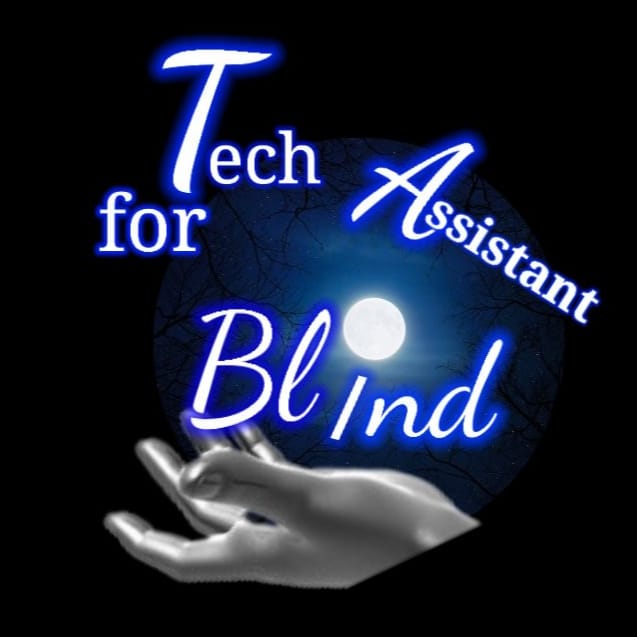Last Updated on
April 21, 2024
Written by
Tech Assistant for blind Team
Introduction
Artificial Intelligence (AI) has emerged as a powerful force in transforming various aspects of our lives. For visually impaired individuals, AI offers innovative solutions that enhance accessibility, independence, and overall quality of life. In this article, we delve into the role of AI in improving the lives of people with visual impairments, exploring AI-powered image recognition, navigation apps, and voice assistants.
AI-Powered Image Recognition
Enabling Independence
AI-driven image recognition technology has revolutionized how visually impaired individuals interact with their environment. Here’s how:
- Object Recognition: AI algorithms can identify objects in real-time using smartphone cameras. From recognizing everyday items to reading labels on products, this technology empowers users to navigate their surroundings independently.
- Scene Description: Imagine standing in a park, wondering about the landscape. AI can provide detailed scene descriptions, informing users about trees, benches, and other elements they cannot see. This information fosters a richer sensory experience.
- Text-to-Speech: AI-powered apps can convert printed text into spoken words. Point your phone at a signboard, menu, or book, and the app reads the content aloud. This feature enhances access to printed material.
Challenges and Improvements
While AI image recognition has made significant strides, challenges remain:
- Accuracy: Ensuring accurate object recognition remains crucial. AI models must continuously learn and adapt to diverse scenarios.
- Complex Scenes: Recognizing complex scenes (e.g., crowded streets) accurately is challenging. Researchers are working on improving contextual understanding.
Navigation Apps for the Visually Impaired
Beyond GPS
Navigation apps tailored for the visually impaired go beyond standard GPS. Here’s how they assist:
- Indoor Navigation: GPS doesn’t work well indoors. AI-powered apps use Bluetooth beacons, Wi-Fi signals, and floor plans to guide users within buildings, airports, and malls.
- Obstacle Detection: These apps alert users about obstacles (stairs, curbs, etc.) in real-time. They provide auditory cues to avoid collisions.
- Turn-by-Turn Directions: Users receive step-by-step instructions, including details like door numbers and landmarks.
Notable Apps
- BlindSquare: Combines GPS data with Foursquare information to provide location-specific details.
- Soundscape: Uses 3D audio to create a spatial map of the environment.
- Be My Eyes: Connects users with sighted volunteers via video calls for real-time assistance.
Voice Assistants: A Lifeline
Hands-Free Interaction
Voice assistants (e.g., Amazon Alexa, Google Assistant) offer hands-free interaction. Here’s how they benefit visually impaired users:
- Information Retrieval: Users can ask questions, set reminders, and get news updates without touching a screen.
- Smart Home Control: Adjusting lights, thermostats, and appliances becomes seamless with voice commands.
- Reading Audiobooks: Voice assistants read audiobooks, making literature accessible.
Conclusion
AI continues to evolve, promising even greater advancements for the visually impaired. As developers, researchers, and advocates collaborate, we move closer to a world where technology truly levels the playing field. Let’s celebrate the positive impact of AI on visual impairment and work towards a more inclusive future.
Remember, technology isn’t just about innovation; it’s about empowerment and empathy. 🌟


